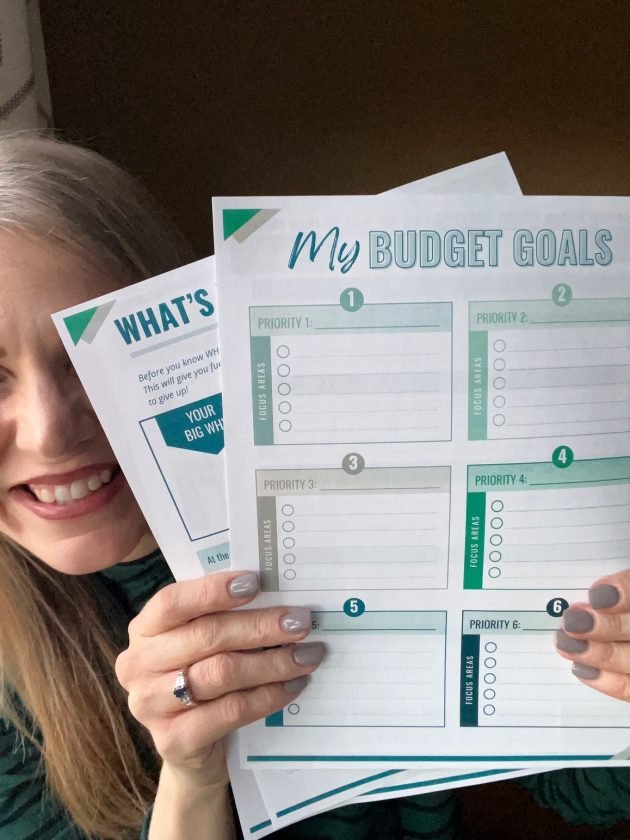Embarking on a journey toward financial stability and success requires more than just tracking expenses—it involves setting clear, actionable goals and developing a plan to achieve them. One of the most effective tools to facilitate this process is the use of budgeting goal worksheets. These worksheets serve as a roadmap, helping you visualize your financial objectives and track your progress.
Understanding Budgeting Goal Worksheets
Budgeting goal worksheets are structured templates designed to assist individuals in setting, planning, and monitoring their financial goals. They typically include sections for specifying your goals, determining the amount of money needed, setting a timeline, and outlining the steps required to reach each goal. By breaking down large financial aspirations into manageable tasks, these worksheets make the process less overwhelming and more achievable.
Why You Should Use Budgeting Goal Worksheets
Incorporating budgeting goal worksheets into your financial planning offers several benefits:
- Clarity and Focus: They help you define your financial goals clearly, providing a sense of direction.
- Motivation: Seeing your goals written down can inspire you to take consistent action.
- Accountability: Regularly updating your worksheet keeps you accountable and allows you to monitor your progress.
- Organization: They help organize your goals, making it easier to prioritize and tackle them systematically.
How to Use Budgeting Goal Worksheets Effectively
To maximize the effectiveness of your budgeting goal worksheets, consider the following steps:
- Identify Your Financial Goals: Begin by listing all the financial objectives you wish to achieve, such as saving for a vacation, paying off debt, or building an emergency fund.
- Specify the Amount Needed: For each goal, determine the exact amount of money required to achieve it.
- Set a Timeline: Establish a realistic timeframe for reaching each goal, considering your income and expenses.
- Outline Action Steps: Break down each goal into actionable steps, such as setting aside a certain amount each month or reducing discretionary spending.
- Monitor Progress: Regularly review and update your worksheet to track your progress and make adjustments as needed.
Additional Tips for Successful Budgeting
- Be Specific: Vague goals can be challenging to achieve. Clearly define what you want to accomplish and how you plan to do it.
- Be Realistic: Set achievable goals that align with your current financial situation. Setting unattainable goals can lead to frustration and discouragement.
- Stay Flexible: Life circumstances can change, affecting your ability to meet certain goals. Be prepared to adjust your plans as needed.
- Celebrate Milestones: Acknowledge and celebrate small victories along the way to stay motivated.
Final Thoughts
Budgeting goal worksheets are invaluable tools in the pursuit of financial well-being. They provide structure, clarity, and motivation, transforming abstract financial dreams into tangible achievements. By incorporating these worksheets into your financial planning, you take a proactive step toward mastering your finances and achieving your financial aspirations.



